Horses love to run and play in cold weather to keep warm!
Horses have been domesticated for over 6,000 yrs and bred for a large variety of purposes. Originally used for food and transportation, the horse is now used for many sports, games and competitions as well as still finding their place as a work animal in some cultures. A mare's gestation period is around 11 months, after which a foal should stay with their mother for 5-6 months. Most male horses (colts) are gelded around 18 months of age, while females called fillies are generally left intact. The age at which a colt is gelded is often based on their temperament, as leaving a quiet and non-studish colt intact until they begin work under saddle can improve strength and muscle tone. In the wild horses exhibit short bursts of activity followed by long periods of quiet grazing, socializing and gentle playfulness. Socializing is an important part of the herd dynamic, and can be fascinating to watch! Although often thought of as high spirited and with lots of presence, the horse is a prey animal who often communicates silently though body language. It is important to understand your horses language to keep yourself safe together, as well as to establish a healthy bond with your horse! Whether as a companion or a sporting partner, a minimum of two acres of turnout area per horse is necessary. Any turnout area needs to have a shelter that the horses can access at will with three walls and a roof. A 12ft x 18 ft run in shed is adequate for 2-3 average sized horses if they get along quite well.
Horses need a mainly forage diet. Forage includes grass, hay, and beet pulp which may be added to high quality feed as a supplemental form of forage. Horses can be fed as much forage as they will eat, with care being given to limit the sugar intake from hays such as alfalfa. Supplemental cereal grains may be added up to 1/2 lb of grain per 100 lbs of horse. As a social and herd animal, horses should be kept on the same property as other equines. Kept alone, a horse will develop depression and/or anxiety greatly dampening their quality of life and even their life span. They get along well with not just other horses but also ponies, donkeys and mules. Some highly anxious horses and those who can't be kept with other horses for special reasons (such as a stallion) even enjoy having a goat as a companion who can join them in the field, stall and away from home at competitions! Animal Care Costs per Month
While keeping a companion horse at your own farm with ample grass will save a lot on board and extra hay, a horse in training or at a boarding facility will require a lot more to keep healthy and happy! A young or green (inexperienced) horse, or any horse who is being used for competition will need professional training either continually or as a tune up from time to time. Since riding is a sport in which your equine team mate can't verbally talk to you, it is recommended to always take lessons in riding and horsemanship no matter what your experience level. Even Olympic Dressage riders still take lessons from one another! Horses require a high level of skill and knowledge to care for and shouldn't be taken on lightly. They can be very costly and have a longer life span than many other pets. Intelligent and social, horses form a strong bond with their herd mates including their human and thrive on routine and consistency. Many if not most behavioral problems leading to dangerous behavior can develop from the misunderstanding of equine language and the separation caused by buying, selling, and moving horses from farm to farm. A happy horse has the same owner for most or all of their life, with a stable long term herd at home. With appropriate time, research and work put in a horse can be a sport and adventure partner and companion like no other!
3 Comments
Domesticated rabbits come in a huge variety of colors and sizes, from netherland dwarf (at 2-5 lbs) to the Flemish Giant (at 30 lbs or more). It’s a common misconception that rabbits stay small as some breeds of rabbits can reach lengths of up to four feet long. Rabbits should stay with their mother for the first eight weeks. By four months of age, it is recommended that they are taken to a knowledgeable veterinarian to be spayed or neutered in order to prevent reproduction related cancers. Rabbits tend to be most active at dawn and dusk. Their favorite activities include digging, jumping, and napping (as many as 18 naps per day!). Most rabbits enjoy exploring their environment and require mental and social enrichment to prevent boredom. Cardboard boxes with plastic eggs that are filled with food or treats encourage your rabbit’s natural foraging behavior. Happy rabbits will often jump into the air and twist the back half of their bodies (this is known as a “Binky”) while one that is comfortable in their surroundings will flop onto their sides and show their bellies. Some may even roll over. There are many ways to house your rabbit but it is recommended that their space is at least 4-6 times the size of their body when they are entirely stretched out. More space should be provided if they will be confined for most of the day. An example of one space guideline is “at least 8 square feet of enclosure space combined with at least at least 24 square feet of exercise space, for 1-2 rabbits, in which the rabbit or pair can run and play at least 5 hours per day.” You can build your rabbit a two-story “condo” with the floors connected by a ramp, commonly called an C&C cage. You can also buy a hutch or set up an xpen which allows you to fit the sides of your rabbit's house to almost any space you have available. One of the most important things about setting up an enclosure is to have a sold, non wired, floor. When a rabbit stands on a wired floor for too long it will cause deformities in their feet.
A rabbit’s diet should be made up of good quality pellets, fresh hay (timothy or other grass hays), water and, fresh vegetables. Anything beyond that is a “treat” and should be given in limited quantities. Good quality rabbit pellets should be relatively high in fiber (18% minimum fiber) and the main ingredient should be timothy hay. The majority of the house rabbit diet should be composed of grass hay (about 75-80%), fresh greens (15%), good pellets (10%), and treats/fresh fruit (less than 5%). A more in depth break down on rabbit diet can be found here (https://rabbit.org/what-to-feed-your-rabbit/) Bunnies are very social creatures. It is often recommended that you have two rabbits in what is called a bonded pair. Having a pair can prevent depression which may cause them to neglect grooming and develop other health issues. You can often adopt a pair that are already bonded and some rabbit rescues offer bonding classes that help to bond your rabbit with a new bond mate. Rabbits are susceptible to a variety of health problems if they do not receive proper care. A common health issue is overgrown teeth which may require grinding by a healthcare professional. As rodents, their teeth continuously grow and this growth is normally managed by their diet and chewing behavior. Rabbits can also develop sore hocks, causing areas of the feet to lose their hair and the skin to look red or inflamed. To prevent this, owners should ensure that they have plenty of soft surfaces such as carpets or fleece in order to lessen the amount of hard surfaces they stand on. Other common health issues are fleas/mites, gas (as they can not expel gas on their own it may become a serious and life threatening health issue), stasis (this very serious condition is life threatening if not treated within 12-24 hours), and upper respiratory infections. Overall, rabbit can be social and affectionate pets for owners who are willing to put in the time and energy to meet their care needs. Owners should be prepared to do their research as there are many misconceptions about rabbit ownership in regard to their diet, health, and other needs. Animal Care Costs (2018 Prices): Set Up
Animal Care Costs (2018 prices): Annual Maintenance
The rat is an oft-misunderstood animal. The Domestic Rat, also known as the Fancy Rat, was originally bred from the wild European species of the same scientific name, also known as the Norway Rat or Brown Rat. Domestic rats are today bred for many different traits just as domestic dogs and cats are, and make great companion animals. Rats are extremely intelligent and easily trainable- they can even be litter trained with patience, and easily trained to walk harnessed on a leash as well. They love spending time with each other as well as their humans, and so are best kept in an area of the house that is highly trafficked. Domestic Rat VarietiesUnlike dogs and cats, domestic rats are categorized by variety rather than breed. There are several organizations across the globe that describe these varieties, and each has its own distinction of varieties recognized for show in exhibitions. Organizations include The Rat and Mouse Club of America (RMCA), American Fancy Rat and Mouse Association (AFRMA), and The National Fancy Rat Society (NFRS) in the United Kingdom. Below are the main varieties- these are also categorized by markings and colors. Pet store rats are often interbred and so will have imperfect markings similar to but not accurate to the requirements for show.
Rats are social animals that can become stressed or even depressed if left alone, so it is always recommended to have at least two. A group of rats is called a mischief, though some rat owners refer to their groups as ratteries. They can be housed in single sex groupings, or together if they are spayed or neutered. It is easier and safer to neuter a male than spay a female, as in other mammalian species, and especially recommended for males if their testosterone is too high, as just like other species this can cause aggression. It is beneficial in either sex because one of the most common causes of early death in rats is cancer, so removal of the sex organs reduces the places metastasis can occur. When adopting a rat, it is important to consider where it is being acquired from. Due to the prevalence of mills, pet store rats have a higher chance of behavioral issues or shortened lifespans due to medical conditions such as cancer from interbreeding. In retired lab rats, cancer can also be common depending on what type of lab they came from as their cancers form and progress almost identical to humans, but much faster. Rats from breeders typically have better dispositions and the longest lifespans, though illness is still the number one cause of a rat’s death due to the long period in which rats were interbred before regulations and recommendations were put in place by rat enthusiasts. The most common illness is caused by the bacteria Mycoplasma pulmonis results in pneumonia in rodents but is not zoonotic (contagious) to humans. It is for this reason that it is most vital to keep a rat’s home clean, warm, and free of aerosols or dust such as from pine or cedar bedding. If a rat exhibits mucus bubbles around their nose or it can be heard in their breathing, antibiotics from the vet and spending time in a steamy room are the best treatment (I have put mine with me in the bathroom while I shower). Quick Overview
When building your first rat enclosure, metal is recommended as it cannot be chewed on and is easy to clean. Bars on the side are vital for ventilation, but platforms should be solid or covered with cloth to prevent feet or tails from getting stuck. Rats are great climbers and most prefer to sleep in hammocks, so one can build up rather than out to conserve space. Some rats love wheels; be sure to only purchase sturdy ones with solid surfaces such as Silent Spinners or Wodent Wheels. Few rat specific toys are available in pet stores so most ratters also collect enrichment and furniture sold for birds, reptiles, fish, or even make their own to save money. Anything you give a rat runs the risk of being chewed on and eventually needing to be replaced-- inorganic materials especially if you have heavy chewers that may ingest indigestible material. Wood can be reused but may eventually need to get thrown out due to urinating if they are not fully litter trained (especially with un-neutered males). Plastic can be cleaned with simple green or bleach and rinsed well, and fabric can be shaken out then washed. Rats are omnivores and prefer to eat a variety of foods. They’ll love to share pieces of the salad you’re cutting for dinner, or clean out that yogurt container once you’re done with it. Be sure to check that a new food is safe- some fruits and vegetables eaten by humans are only safe for rats cooked, in small amounts, or not at all. If you have picky eaters and are worried about them getting enough nutrients VitaKraft makes a supplement you can add daily to their water. As rodents, they have continually growing teeth and must also be provided chews, preferably in a variety. My go-tos are wood chews, seashells or cuttlebone for added calcium, and mineral/salt licks for micronutrients. BathingSometimes, your rats get messy and will need a bath. Try to stick to no more than once a month, max every three weeks, except in emergencies. Fill in with wipe downs in between using a damp cloth. This wil ensure your rats stay clean but also don’t loose the natural oils on their skin from overwashing. Bathing provides enrichment for them, and if you start early you can ensure that baths are not stressful for them down the line. This ensures that if you need to bathe one for an emergency such as fleas or if they get into something they shouldn’t, you’ll be able to do it quickly with little fuss in what will already be an uncomfortable experience for them. Bath water should not be too hot for us to touch, but on the warmer side as their normal body temperature is 100.4-102.2 degrees fahrenheit. I prefer using the bathtub so that they have lots of room and you can have a deep area for them to swim as well as a shallow one for them to stand. A large container or even a kiddie pool will work as well- just be sure to include rocks or other “islands” for them to rest on. The sound of the waterfall can scare them, so don’t put them in until the water is filled and still, especially if this is their first time or they’re still nervous about baths. For soap, you will want to purchase non-toxic, extra gentle, tear free shampoo. Few stores carry this for small mammals (and when they do it is usually marked up) so I usually use dog shampoo or baby shampoo. Do this after giving them some free time in the water as once it is soapy you’ll not want to leave them in it for long in case of ingestion. Either run the water slowly so as not to scare them with the noise, or have a pitcher of clean water for a final rinse. For drying, rub them down real well with a towel and swaddle them tight in a warm area so they don’t get too cold. This is a great chance for bonding and snuggling with their humans. Some of my rats have even enjoyed a gentle blow with the hair dryer! Animal Care Cost Example (2017 Prices): Set Up
AuthorSarah is a conservation educator and trained zookeeper currently working at an AZA (Association of Zoos and Aquariums) accredited zoo in New Jersey while also starting a freelance nature program in Jersey City. Her education specialties include urban environmental programming and access, while her keeping specialties are focused on small mammals, arthropods, and birds of prey. |
About the blogFerrets and Friends, LLC has four writers bringing you information on a variety of topics from pets to wildlife, education to conservation, and from new developments in our business to information about our industry. Learn something new each week! Archives
August 2020
Categories
All
|
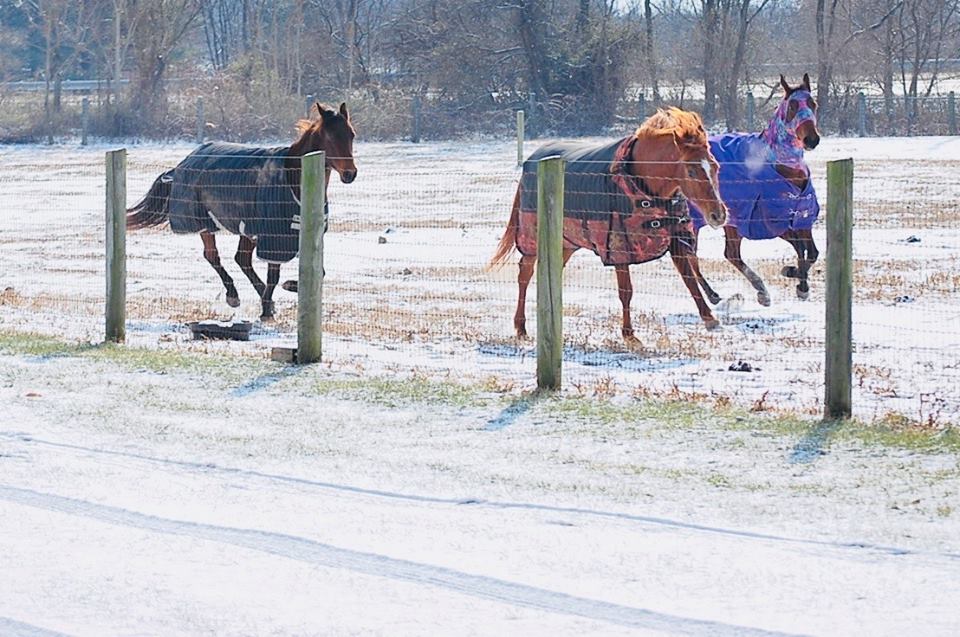
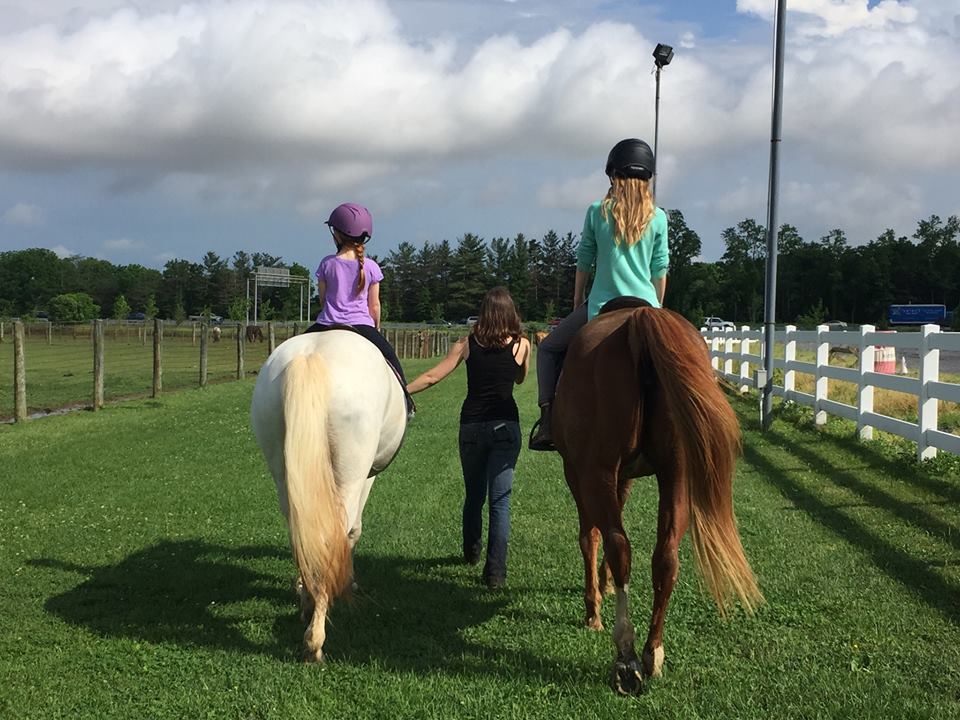
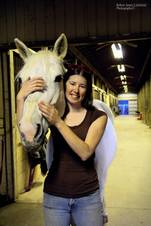
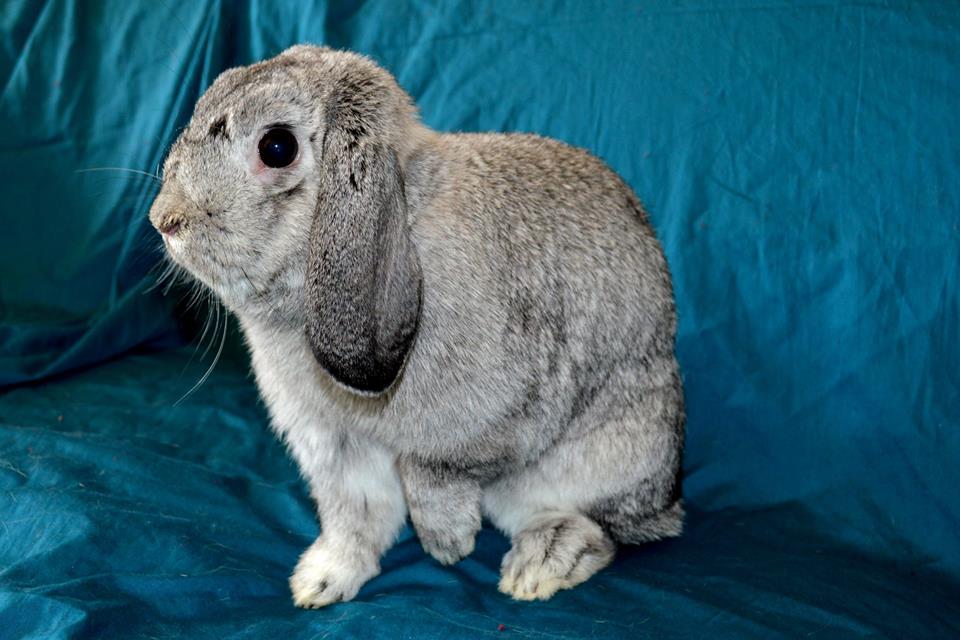
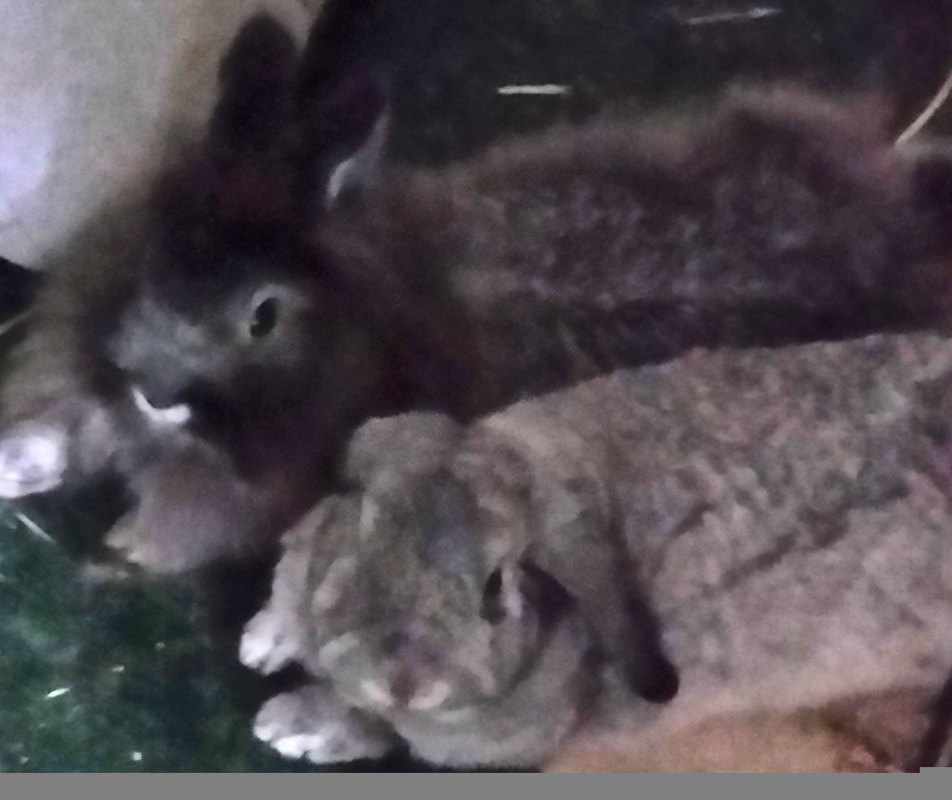
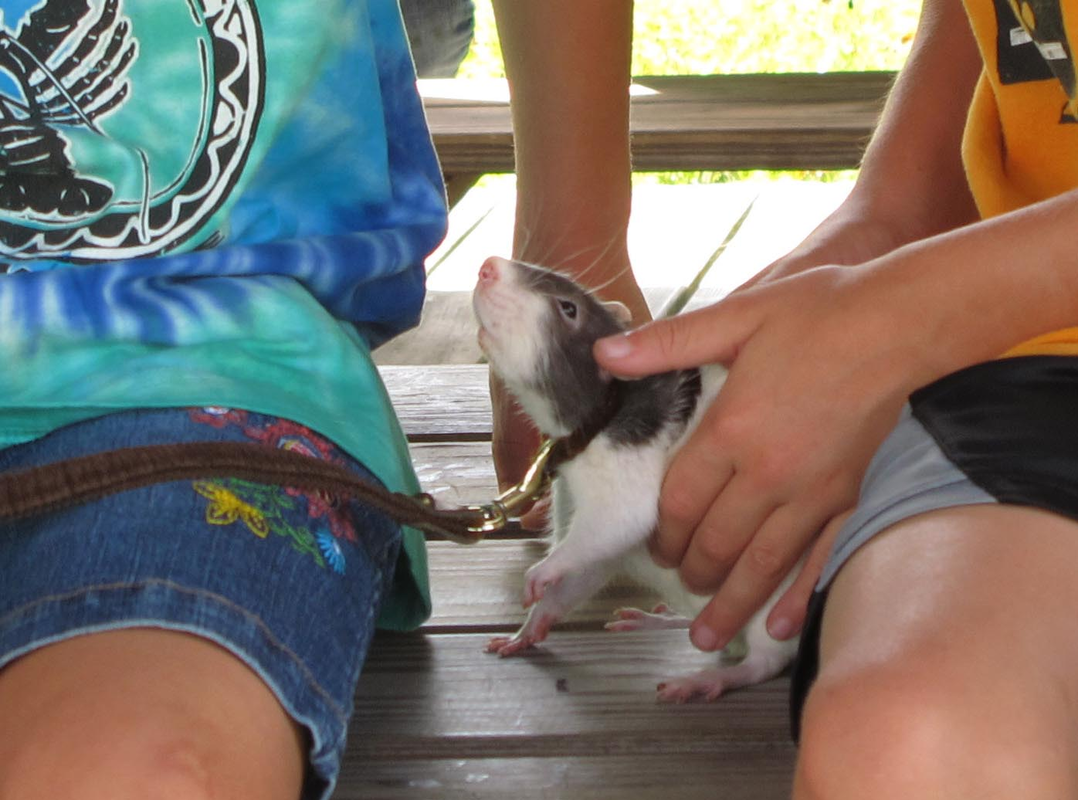
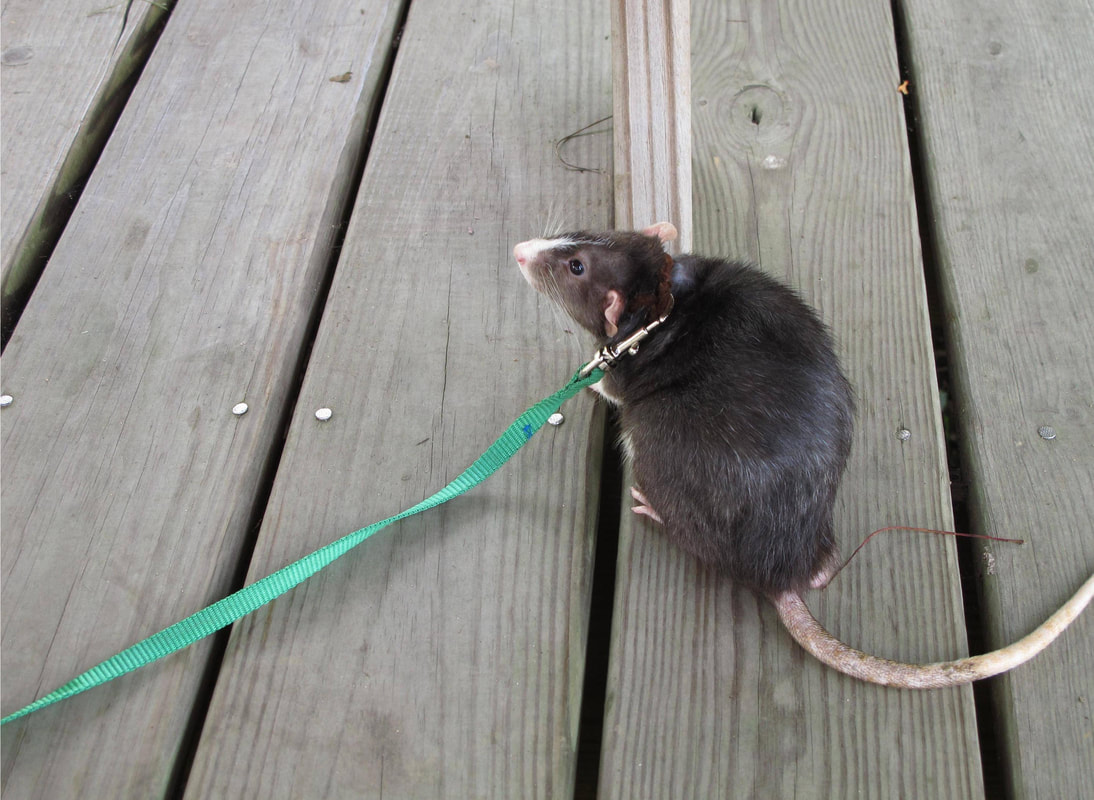
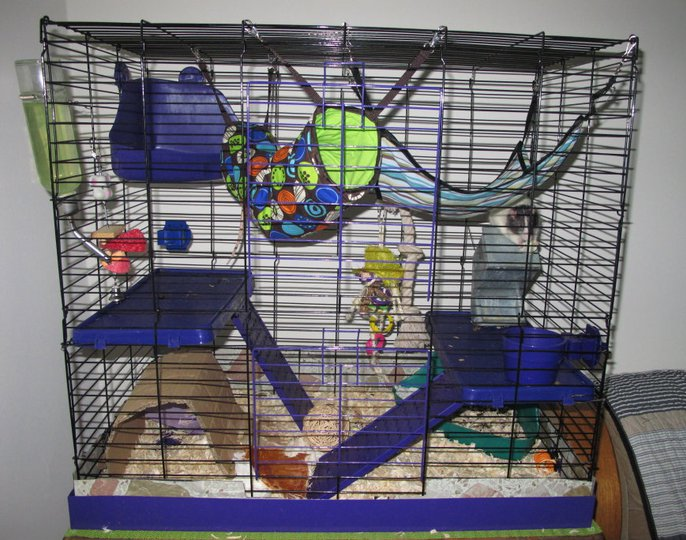
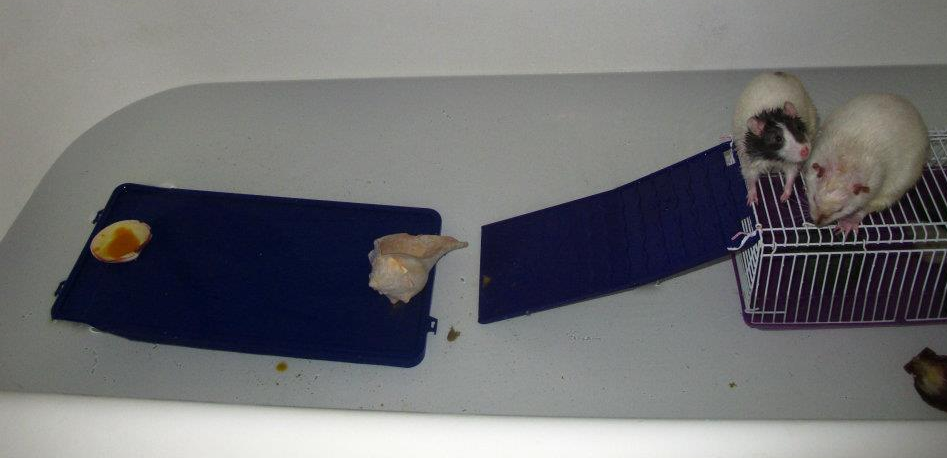
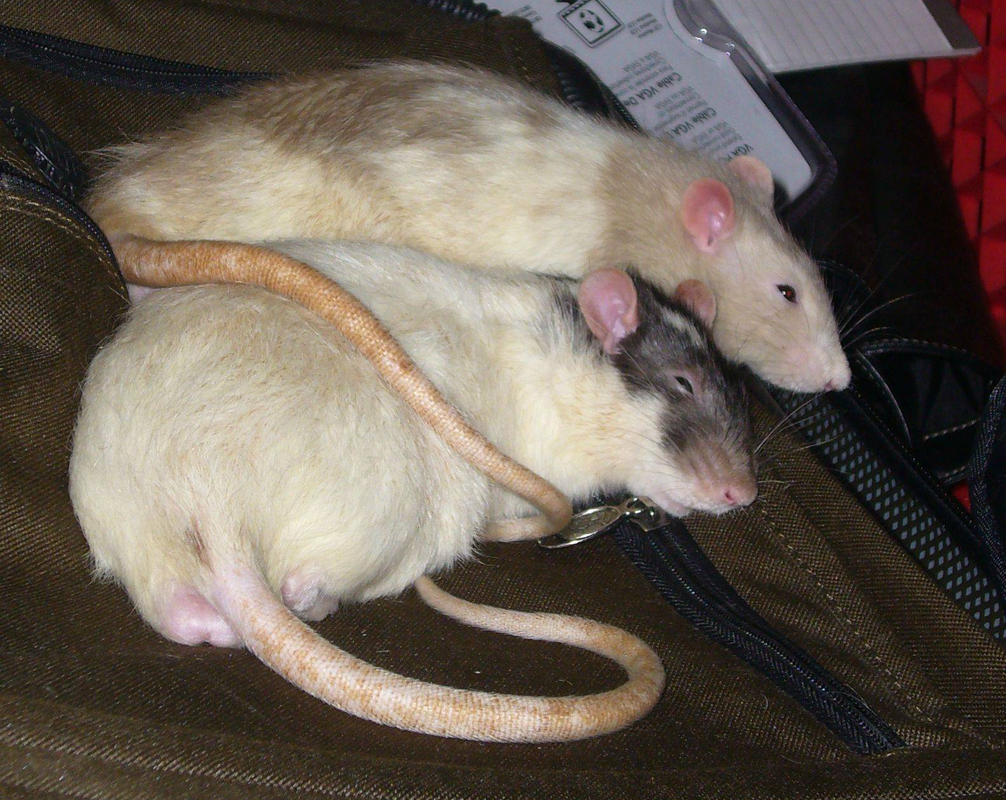
 RSS Feed
RSS Feed